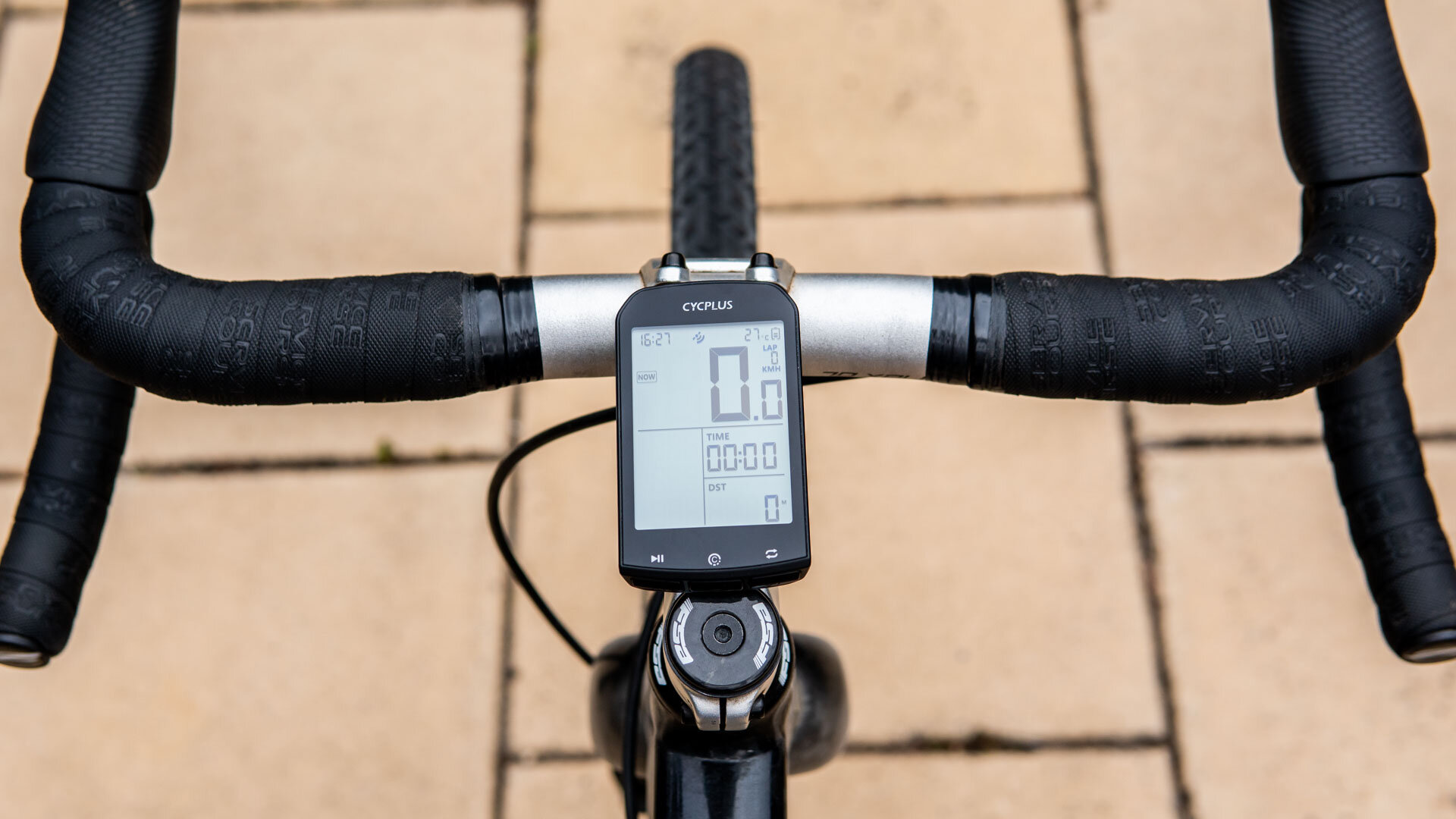Fixie in the Hills

Riding with a fixed gear on the road gives you a feeling like no other. You feel intimately connected with the terrain you are riding on.
Without the use of gears or a freewheel, you must adapt yourself to the terrain, so steep means grinding, descending is spinning, and flats are about rolling through everything.
Words – Dave Edwards Images – Sarah Edwards
ABOUT
I love riding fixed on the road, I feel it makes me a better rider. Each ride involves something different, it is always challenging, physically and mentally, and the intimate connection with the terrain needs to be felt to be understood.
I ride 60-120 kilometres weekly on my fixie, and try to ride on hilly terrain as much as I can. Riding a fixed gear bike is something you get way more credit for than you deserve – people think its harder than it is. It really takes no time to pick it up, you just have to remember to pedal. All of the time. Never stop pedaling. Ever. Naturally at some point you do forget, and you get a VERY sharp reminder of your mistake, as the crank tries to drive your leg up into your hip.
For track cyclists, gearing choice can make the difference between winning and losing. For rolling on hilly roads no matter what gear you have, it’ll be the wrong one. Get the right gear for a climb, and riding down the other side will suck-diggety-suck-suck as you need to spin like a sewing machine to keep up. The same if you choose the right gear for descending, you’ll be popping veins in your neck with the strain to climb.
CLIMBING
I ride with a 42x18 gearing - fairly standard. It's a good choice for rolling around on flats. But take that into the hills, and everything changes. Ride up a moderate hill of 5-8% average, and you will spend most of your time standing up, dancing on the pedals with a low cadence. You get used to that pretty quickly, even a climb of 5 kilometers isn't too difficult if the gradient is fairly consistent.
Things get challenging when it gets past about 15%. The 'hubbard weave' comes into play. It gets to a point where just turning the cranks over becomes impossible, so weaving back and forth across the road becomes the only way to make it up. This feels totally different, more similar to single leg deadlifts, than normal cycling. You will bust your guts, feel like vomiting, and spend the rest of the day with jelly legs, but it’s awesome.
Like when you complete anything that you didn't think you could do, it's a feeling of achievement in overcoming the 'impossible'. But climbing fixed is similar to climbing on a regular bike, you just don’t have a choice of gears.
DESCENDING
Descending is a wholly different story. Descending fixed takes skill, practice, strength, flexibility, endurance and concentration. You cannot just roll down, and brake as you feel. You can’t plant your outside foot down, and lean into a corner. The wheels will want to turn fast, and so the pedals will want to turn fast. Really fast. Oh-my-god-will-they-turn-fast.
On a 42x18 gearing I get to over 60kph regularly. Who cares? Most will do that on a road bike on every ride. At 60kph, with 700 cc tyres on a 42x18 fixed gearing, I am turning over at a cadence of 205 RPM. THAT IS NOT A TYPO.
Even at just 40kph you will turn 136 times a minute. But it's totally different to spinning on your normal bike, no way I could turn that with a freewheel. The difference is the cranks will turn themselves, you just need to make sure that your legs can keep up. Lots of work with the hamstrings and hip flexors. It sounds counterintuitive, but to move that quickly, you must relax and stay loose.
On normal descending you can control your direction with body movement. Lock your hips into position, drop your upper body, and feel the ‘flow’ of the bends. But when your legs are ripping along like lawnmower blades, you just can’t do this. On a short hill of a few hundred metres, sometimes you just take a big swallow, brace yourself, and spin your guts out to get down. But on anything longer or steeper, you need to brake whilst pedaling, which feels unnatural. You will likely experience the sensation of your femur driving up through your hip the first few times, as you forget to keep pedaling for a moment...
Even with the smoothest pedal stroke, with your hips sitting atop legs pumping up and down in excess of twice a second, you will not be able to be stable through your lower core. In order to keep your bike steady, your upper body has to take up a lot more of the effort. You want to keep your hands and arms as loose as possible to still be able to control the bike, but you are trying to do this whilst braking. Your hands start to hurt after a while. I tend to alternate through having my hands in the drops, on the hoods or on the tops. Each position offers a little relief to your hands and forearms as you change position.
Every other part of you is occupied elsewhere, so all that’s left for stability is your abs. Naturally all of this ads up to mean you descend a lot slower than normal, whilst tearing yourself in half to do so!
Give it a try, it might make you think about riding in a whole new way.

















As we are well into winter everyone is asking me about lights, however, I think you should be riding with front and rear lights all year round, no matter what time of day or night, terrain, country or city, bike paths or roads.